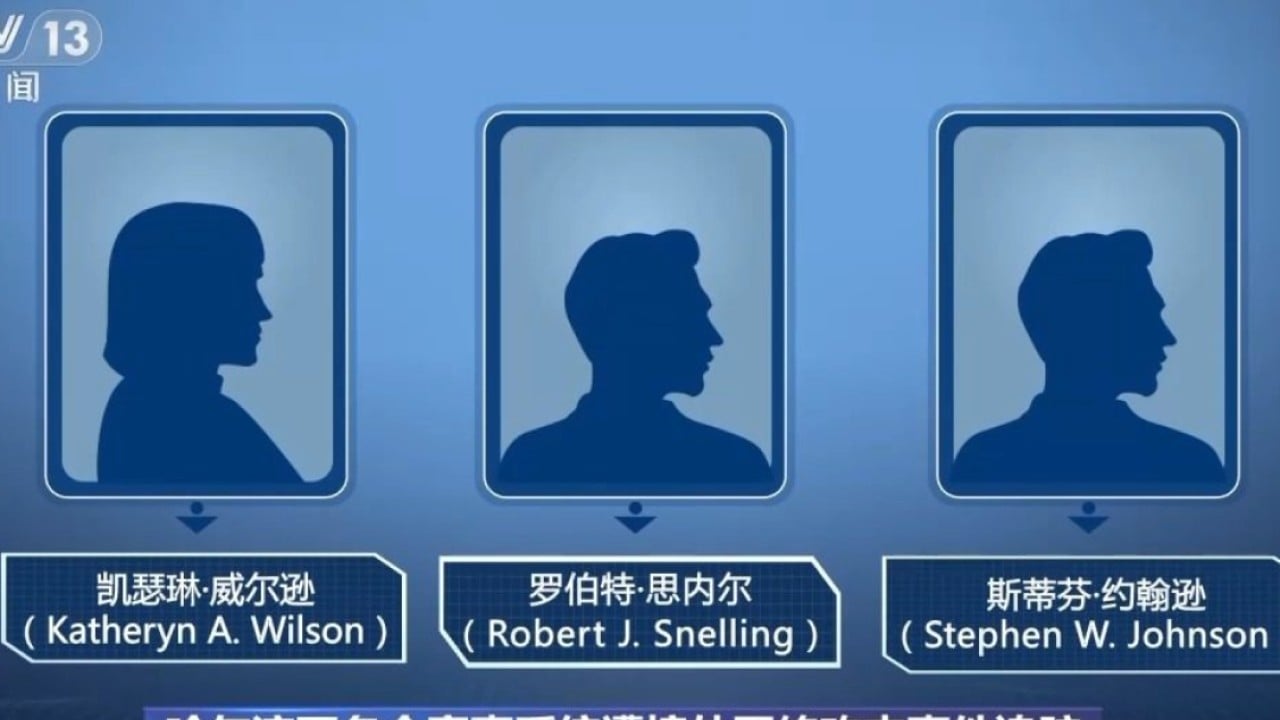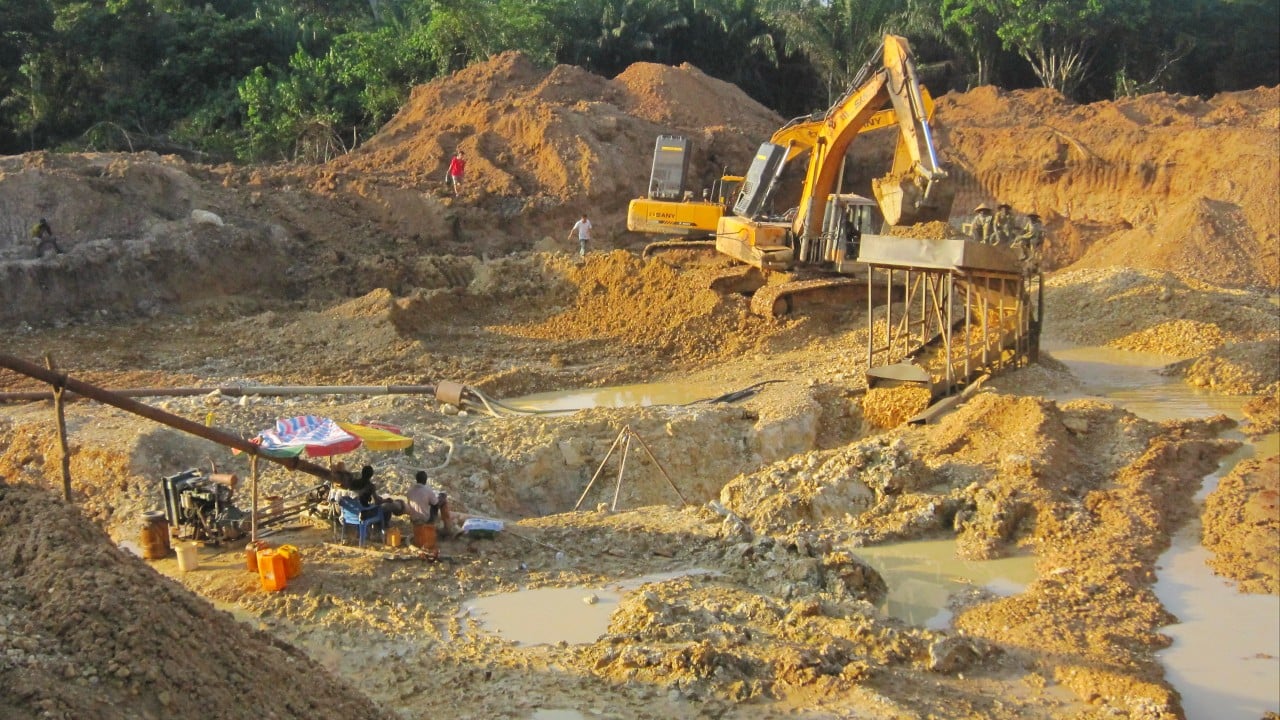
A research team led by Chinese researcher Wang Chunsheng, a professor in the Department of Chemical and Biomolecular Engineering at University of Maryland (UMD), achieved new milestones in the field of aqueous battery electrolytes.
They developed a novel electrolyte system to eliminate long-standing technical barriers in aqueous energy storage.This innovation, which is expected to bridge the gap between today's commercial aqueous batteries, such as lead-acid and nickel-metal hydride, and cutting-edge non-aqueous lithium-ion batteries, was published on April 8 in a study by the journal Nature Nanotechnology."We developed membrane-free aqueous/organic bi-layer electrolytes and reduced interface resistance and mixing between the aqueous and organic phases by adding super-lithophilic ionophores," said Dr Zhang Xiyue, the paper's first author.Water-based electrolytes are gaining global attention for their inherent safety and eco-friendly nature, making them strong prospects for next-generation energy storage.
However, one major challenge has persisted: a narrow electrochemical stability window that caps the working voltage of aqueous batteries, limiting their energy density and application scope.
Earlier studies by Wang introduced a water-in-salt electrolyte with a stability window increase from 1.23V to 3.0V in 2015, an improvement that still left some challenges unresolved.Although water-in-salt aqueous electrolytes have a 3.0V stability window, they are still incompatible with high-energy lithium metal or graphite anodes, another key component of the high-energy battery.
This voltage mismatch has become a bottleneck in pushing aqueous batteries to higher energy densities.To overcome this, a team led by Wang and postdoctoral researcher Zhang Xiyue at UMD developed a novel electrolyte system capable of operating at an unprecedented voltage of 0.0-4.9V.
This innovation overcomes the long-standing reduction potential limit of aqueous electrolytes extending from 1.3V down to 0.0V & and opens the door to truly high-energy-density aqueous batteries.During testing, the team's model battery incorporating the new electrolyte system retained stable performance after more than 2,000 cycles, demonstrating exceptional long-term durability.The technology holds exciting potential for a broad range of applications, from electric aviation to large-scale low-carbon grid storage and even lithium extraction from seawater.Recognizing the key role of solvent structure regulation in improving battery performance, Wang and Zhang also published a comprehensive review in the journal Advanced Materials.
The article outlines the fundamental principles and key metrics for aqueous electrolyte design, analyzes the current scientific challenges, and proposes innovative future strategies.Together, these results push the frontier of aqueous electrolyte development and offer a theoretical and technological foundation for building next-generation energy storage systems that are safe and high in energy density.

 6
6


















